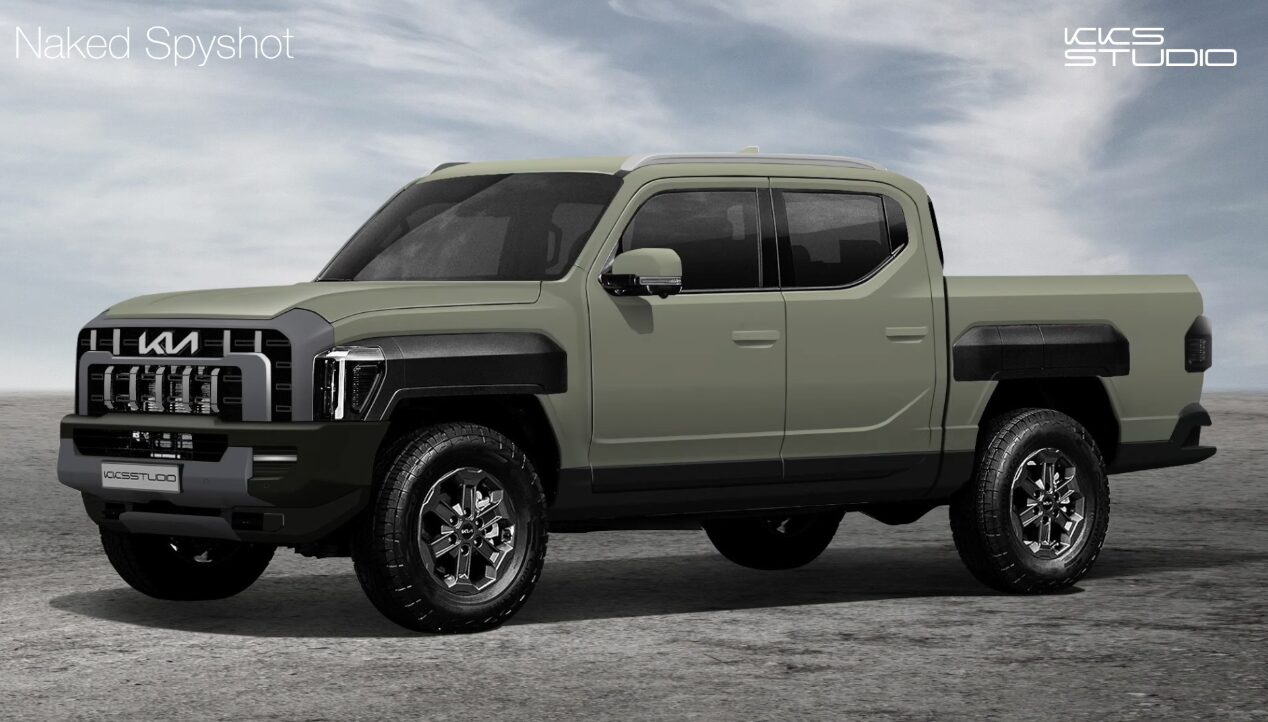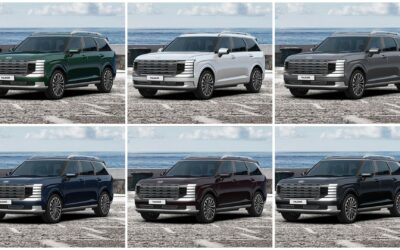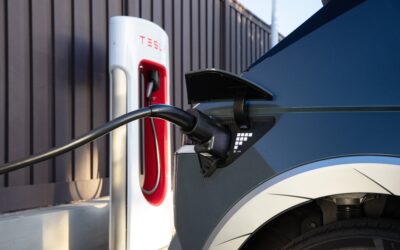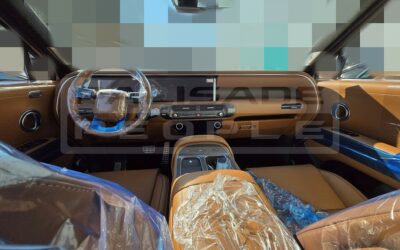We already shared how optimistic is Kia regarding its upcoming medium-sized pickup model, the Tasman (project name TK1). Scheduled to start mass production at the end of this year, the Tasman will be produced at Kia’s domestic plant, Autoland Hwaseong in Korea. With an ambitious annual production target of 65,000 units, Kia aims to make a significant impact in various global markets, including Australia, Africa, and the Middle East. Now our colleagues at Kksstudio recreated how it will look, what do you think?
Production Plans and Capacity
Following extensive labor-management discussions, Kia has finalized its plans to produce the Tasman at its Autoland facility in Korea. The company has set an aggressive annual production goal of 65,000 units, a notable target for its first-ever dedicated pickup truck model.
Global Market Strategy
Kia’s strategy for the Tasman involves initial shipments to international markets starting early next year. The primary market for the Tasman is Australia, a country where pickup trucks are immensely popular, second only to the United States. Australia alone has an annual sales volume of 200,000 pickup units, dominated by major players like Toyota and Ford.
Product Features and Specifications
The Tasman is expected to offer a robust powertrain, combining a four-wheel-drive system with an automatic transmission. Engine options will include a 2.5-liter gasoline turbo and a 2.2-liter diesel engine. Additionally, the Tasman will be available in two configurations: a single cab with a one-row seat and a double cab with a two-row seat.
Electrification and Future Expansion
Aligning with Kia’s mid-to-long-term electrification strategy, an electric version of the Tasman is also under development. This version is expected to feature a high-capacity battery of over 100 kWh, providing more than 400 km of mileage. Kia is also exploring potential expansions into other major markets, including the United States and Europe, where it is currently testing Tasman models under camouflage to ensure quality.
Challenges in the U.S. Market
Entering the U.S. market poses specific challenges for Kia, primarily due to the 25% tariffs on pickup trucks produced outside the U.S. To circumvent this, local production in the U.S. would be necessary, which is currently under consideration by Kia in line with the Korea-U.S. Free Trade Agreement (FTA).
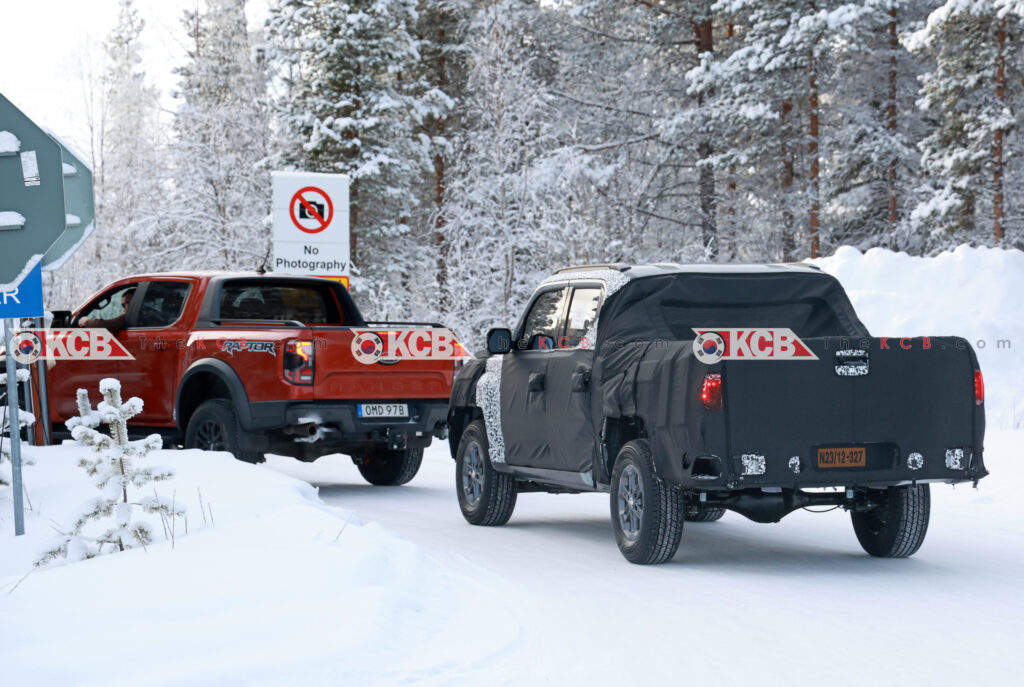
TASMAN prototype testing in the Arctic Circle with Ford Ranger Raptor
Conclusion
As Kia prepares to launch the Tasman, the automotive world watches closely. With its strategic market choices and robust features, Kia’s first foray into the pickup truck segment could reshape its brand perception and market standing globally. By addressing both conventional and electric vehicle markets, Kia is not just entering the pickup race but is setting the pace for future innovations.

